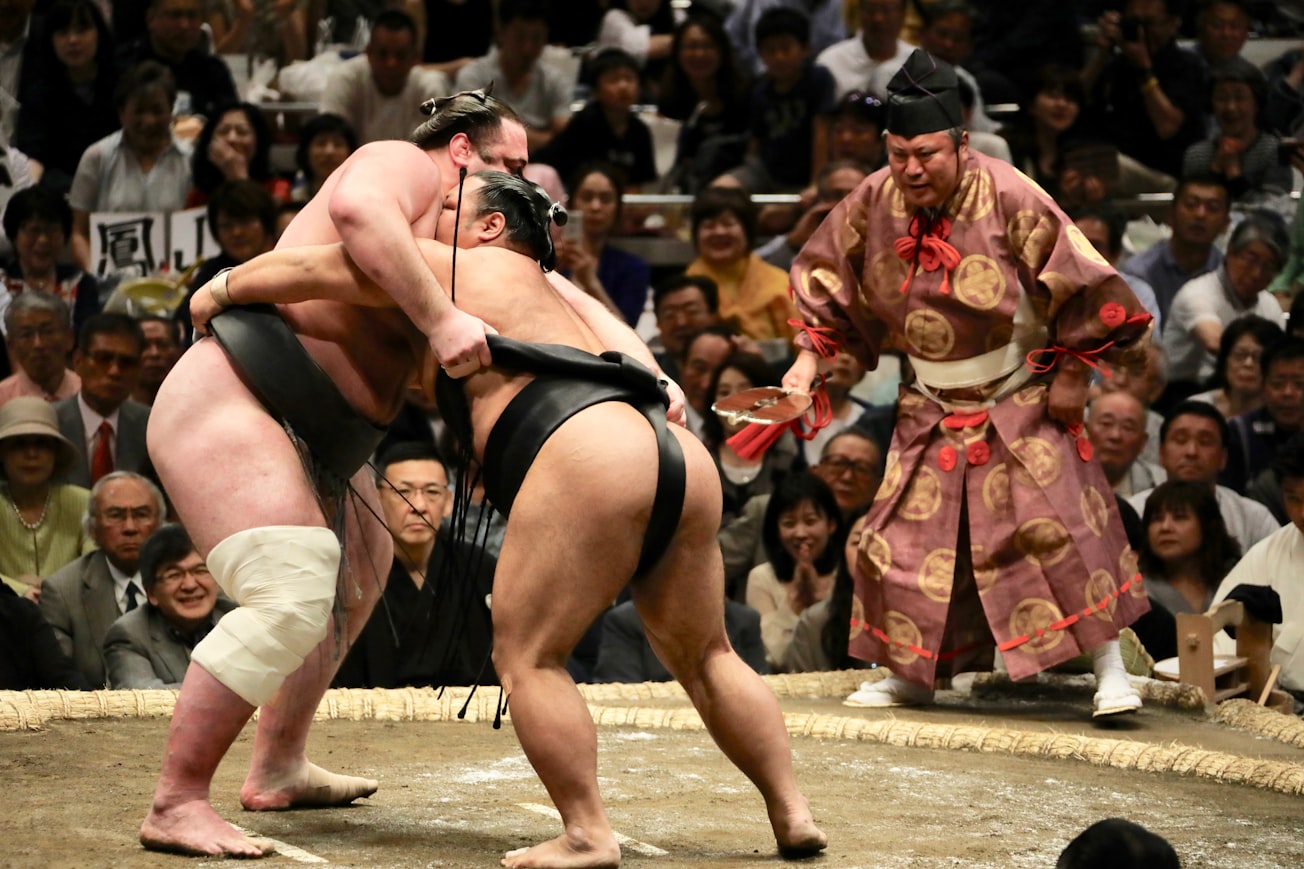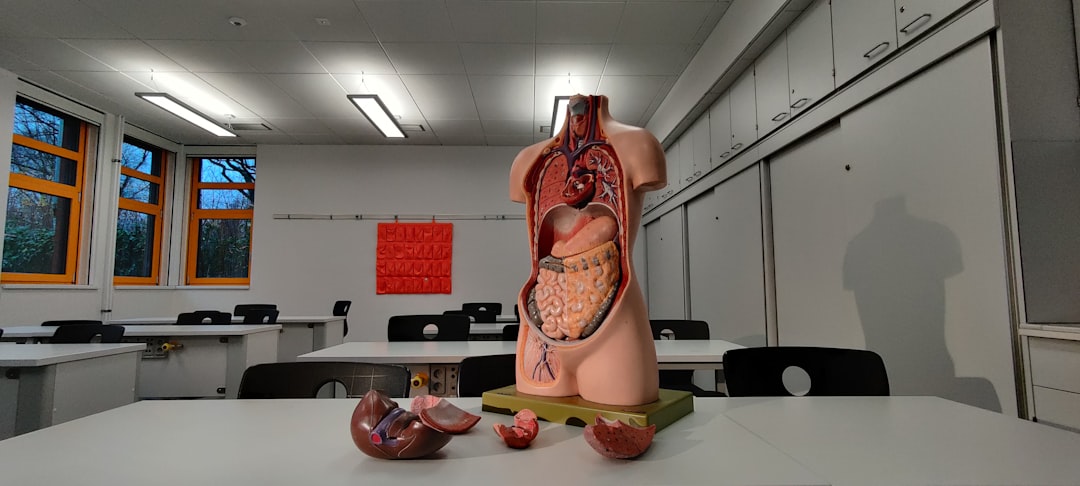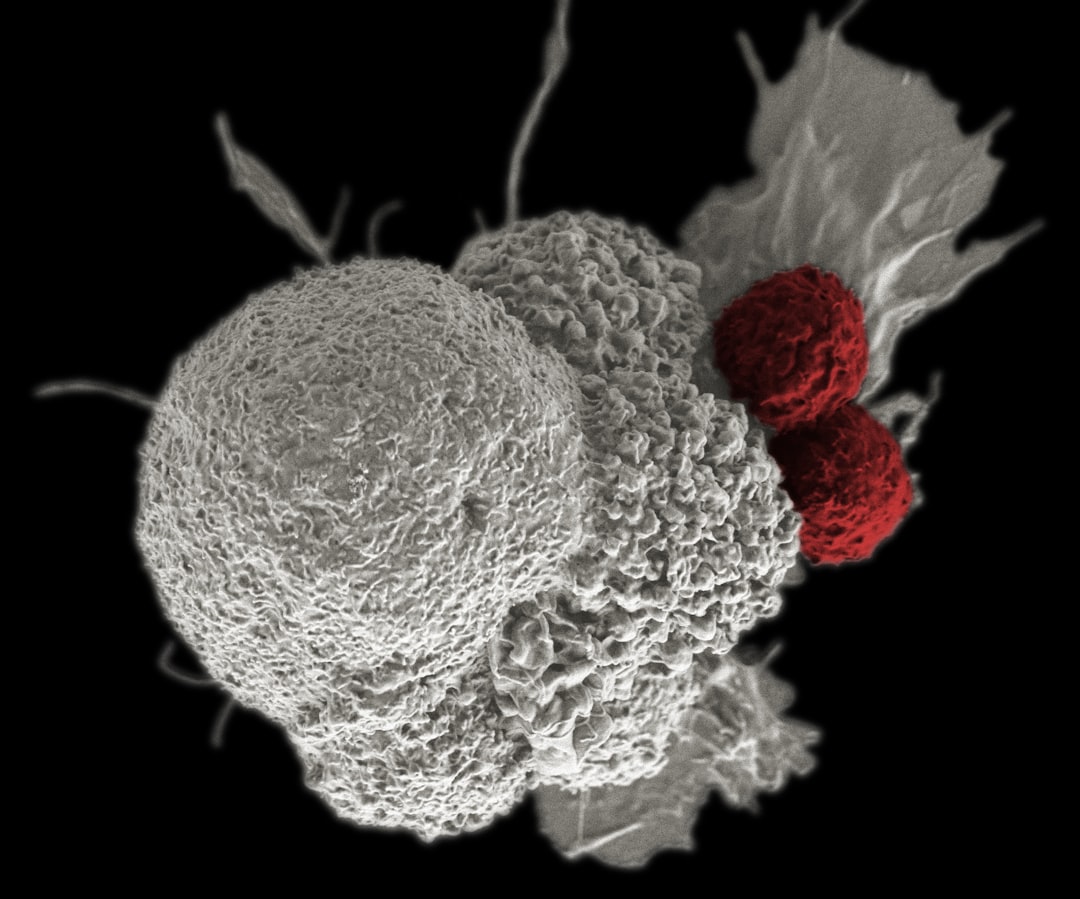What is it about?
Sumo, a traditional sport in Japan, is a form of competitive full-contact wrestling where two wrestlers fight in a ring. The average weight of wrestlers is over 160 kg, so the physical load yielded in a bout frequently causes severe injury. To prevent injuries, wrestlers and their coaches need to be better informed about the risk of injuries. This study proposed a statistical model of injury occurrences for sumo wrestlers on the basis of historical data of injury occurrences. The proposed model provides the estimated probability of the next potential injury occurrence for a wrestler. In addition, it can support making a risk-based injury prevention scenario for wrestlers.
Featured Image

Photo by Bob Fisher on Unsplash
Why is it important?
This study is important because it addresses injury prediction which is a challenging research topic in sports analytics. Forecasting/identifying athletes who are prone to injury is useful and practical from both financial and health aspects, which is why the use of artificial intelligence (AI) knowledge has become increasingly popular in studies on sport-related injuries. By exploring the historical data of injury occurrences in sumo wrestlers, we built a new statistical model for injury prediction by using considering the long-term effect of injuries. The model can be used to make a risk-based injury prevention scenario for wrestlers. Such a means of risk-based scenario planning is unique and beneficial for wrestlers and their coaches. Moreover, one can apply the proposed model to other sports because the proposed model uses only player hours and injury history data.
Perspectives
We hope our model for injury prediction is applied to not only sumo wrestlers but also other sports players to communicate their injury risks and prevent injuries.
Shuhei Ota
Kanagawa University
Read the Original
This page is a summary of: Statistical injury prediction for professional sumo wrestlers: Modeling and perspectives, PLoS ONE, March 2023, PLOS,
DOI: 10.1371/journal.pone.0283242.
You can read the full text:
Contributors
The following have contributed to this page










